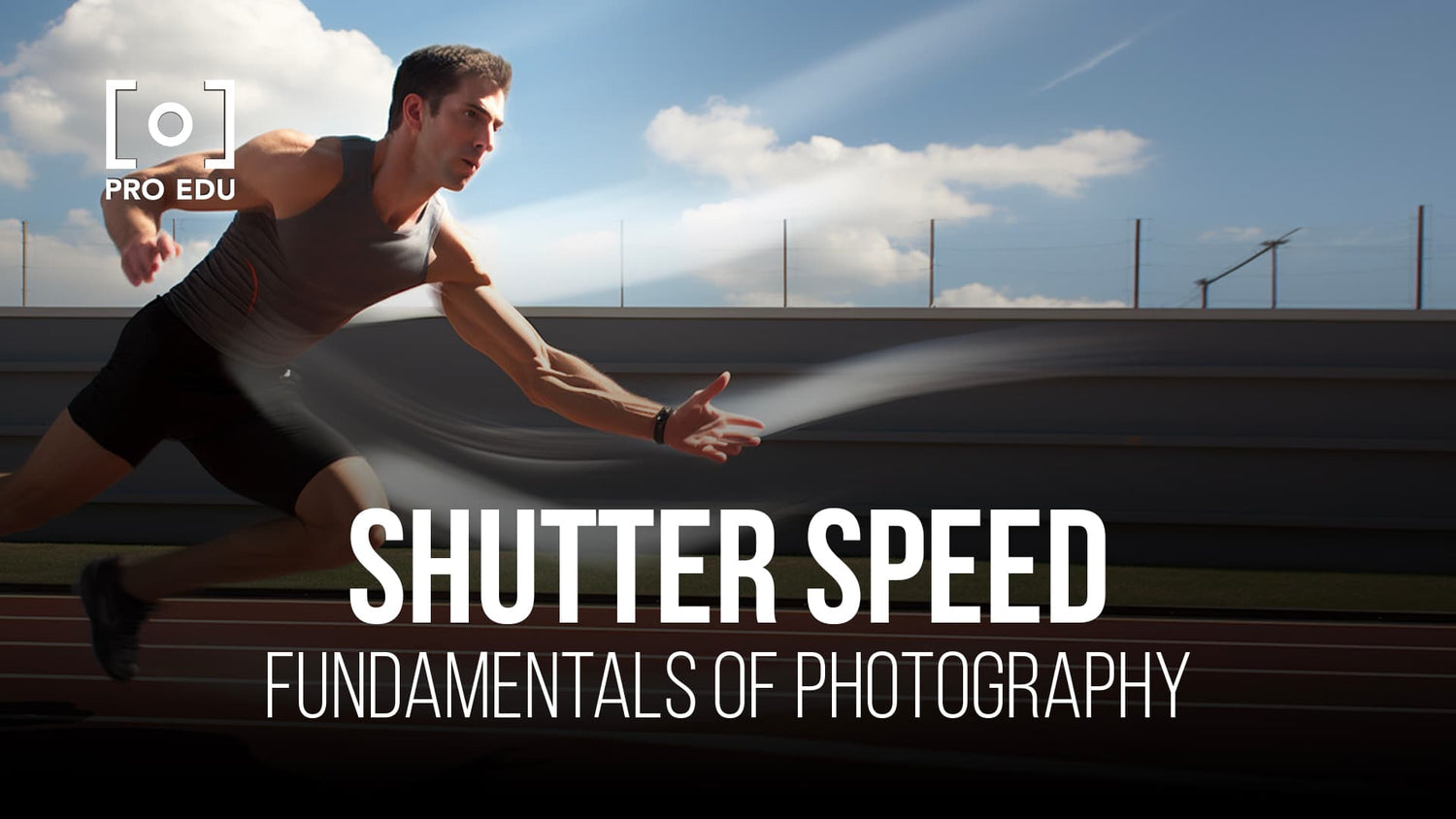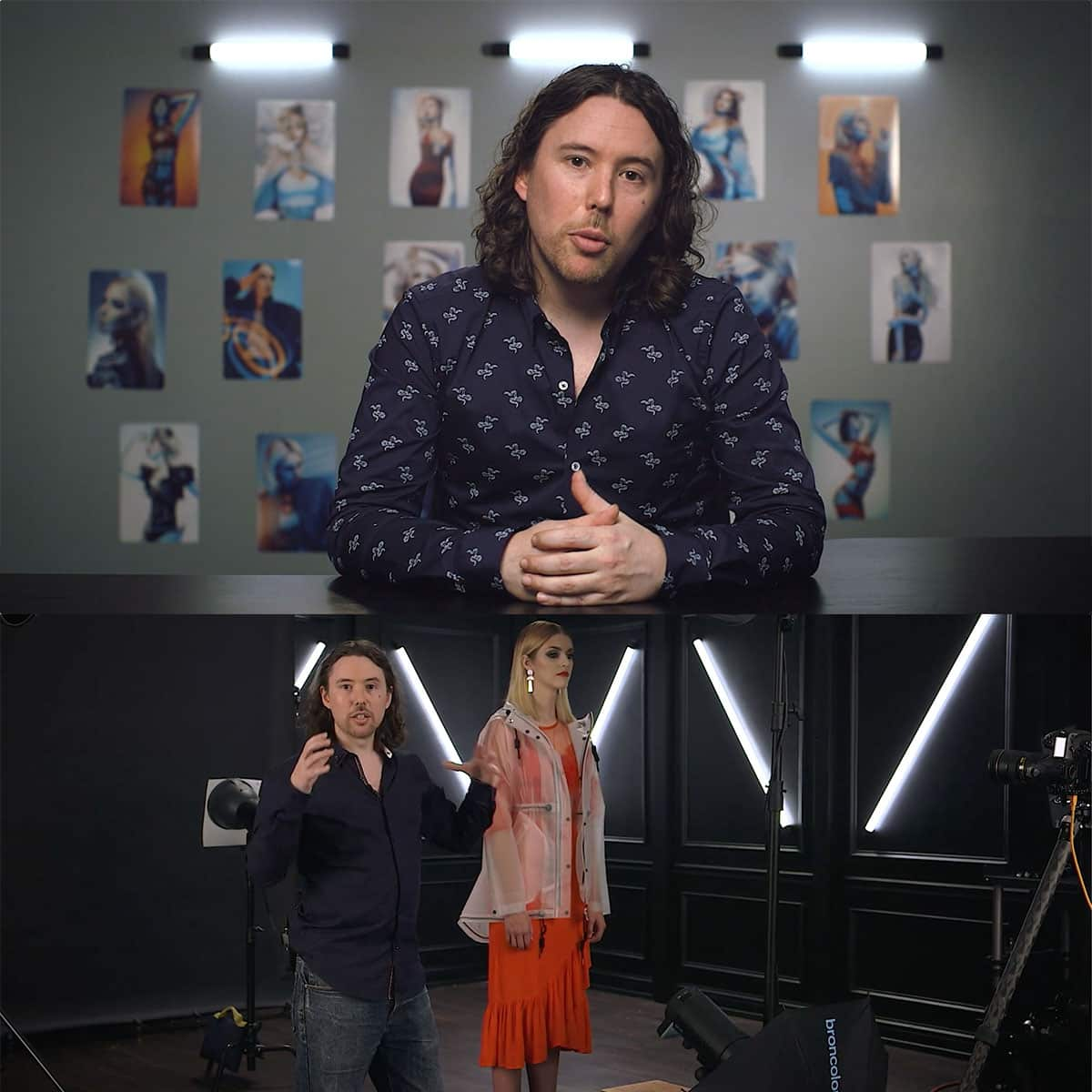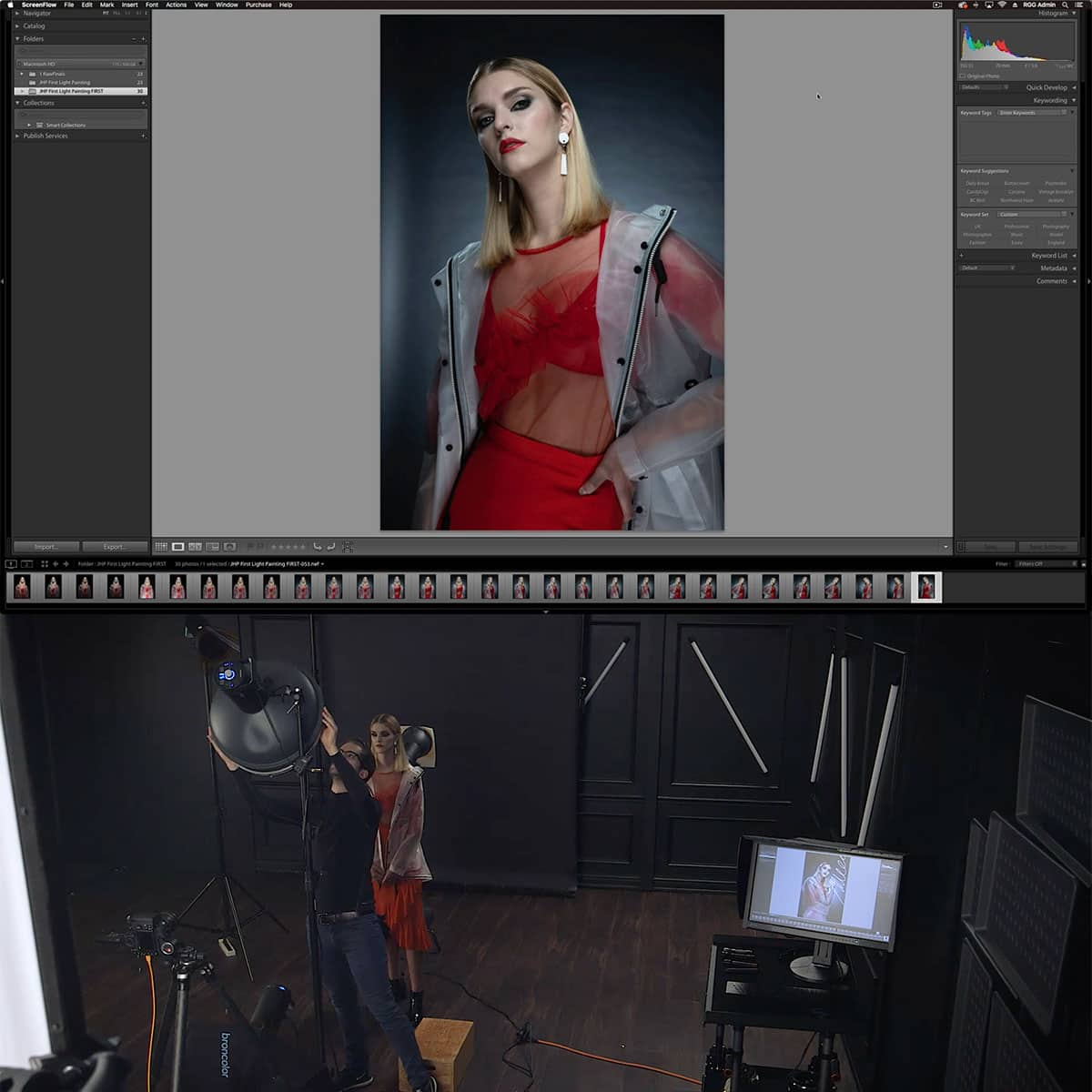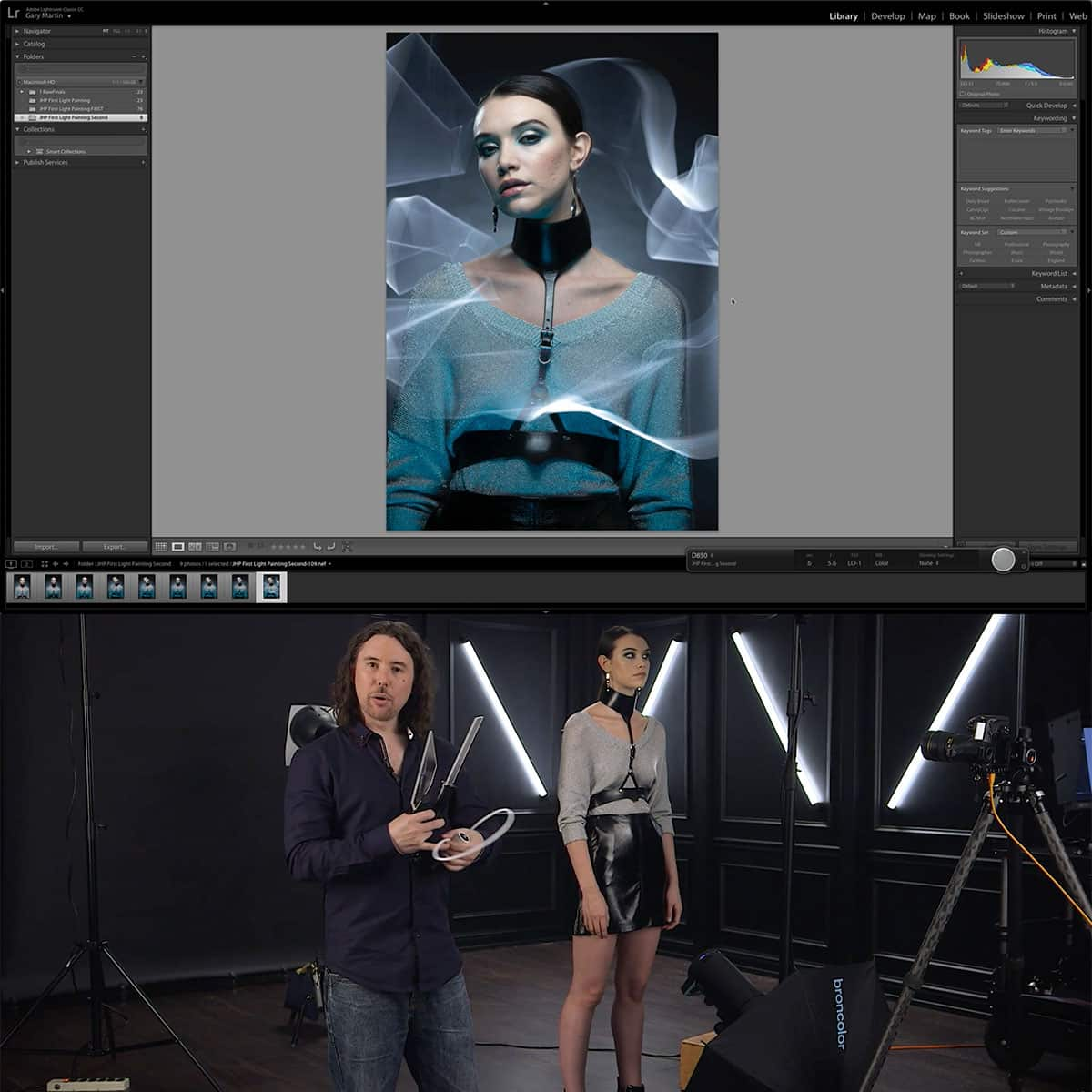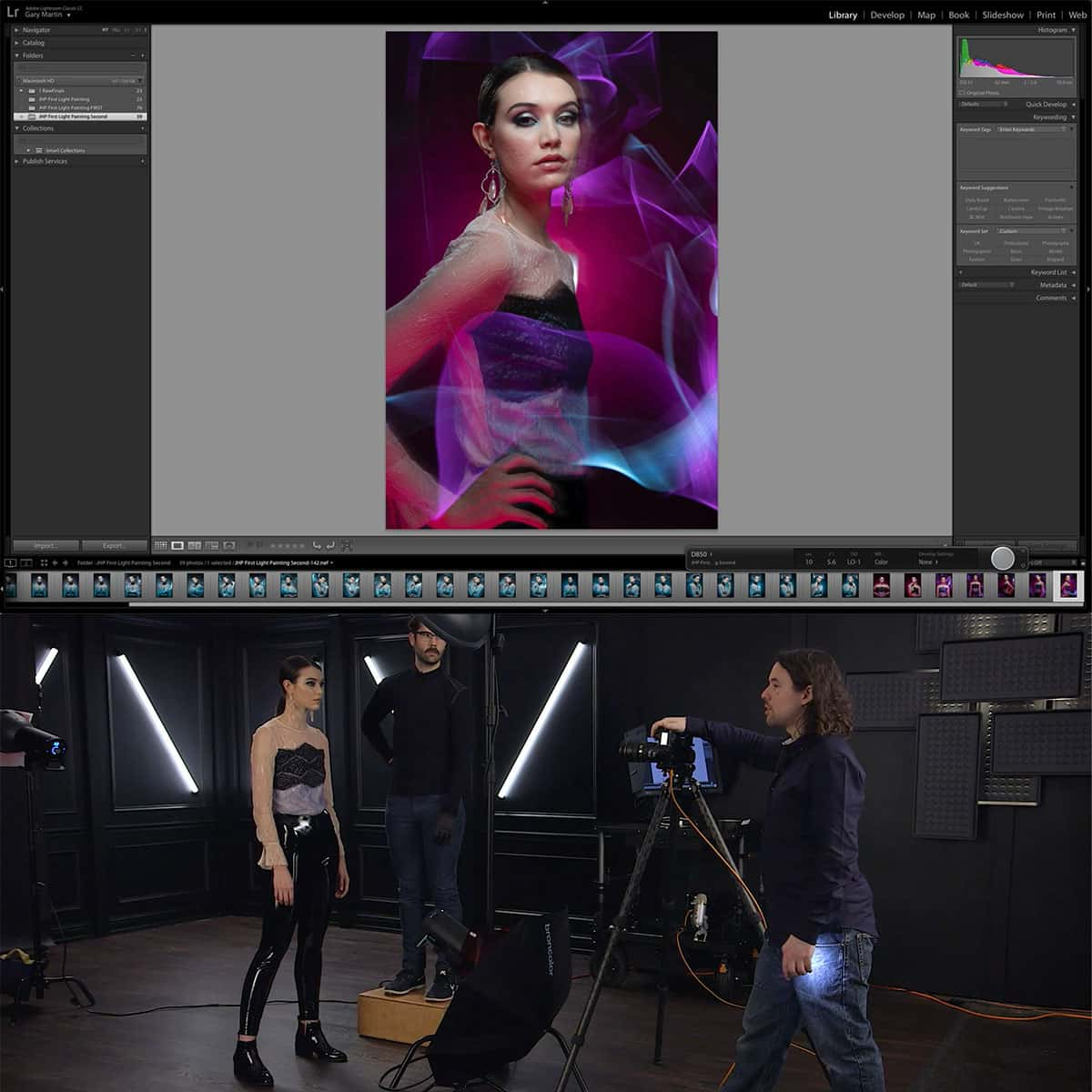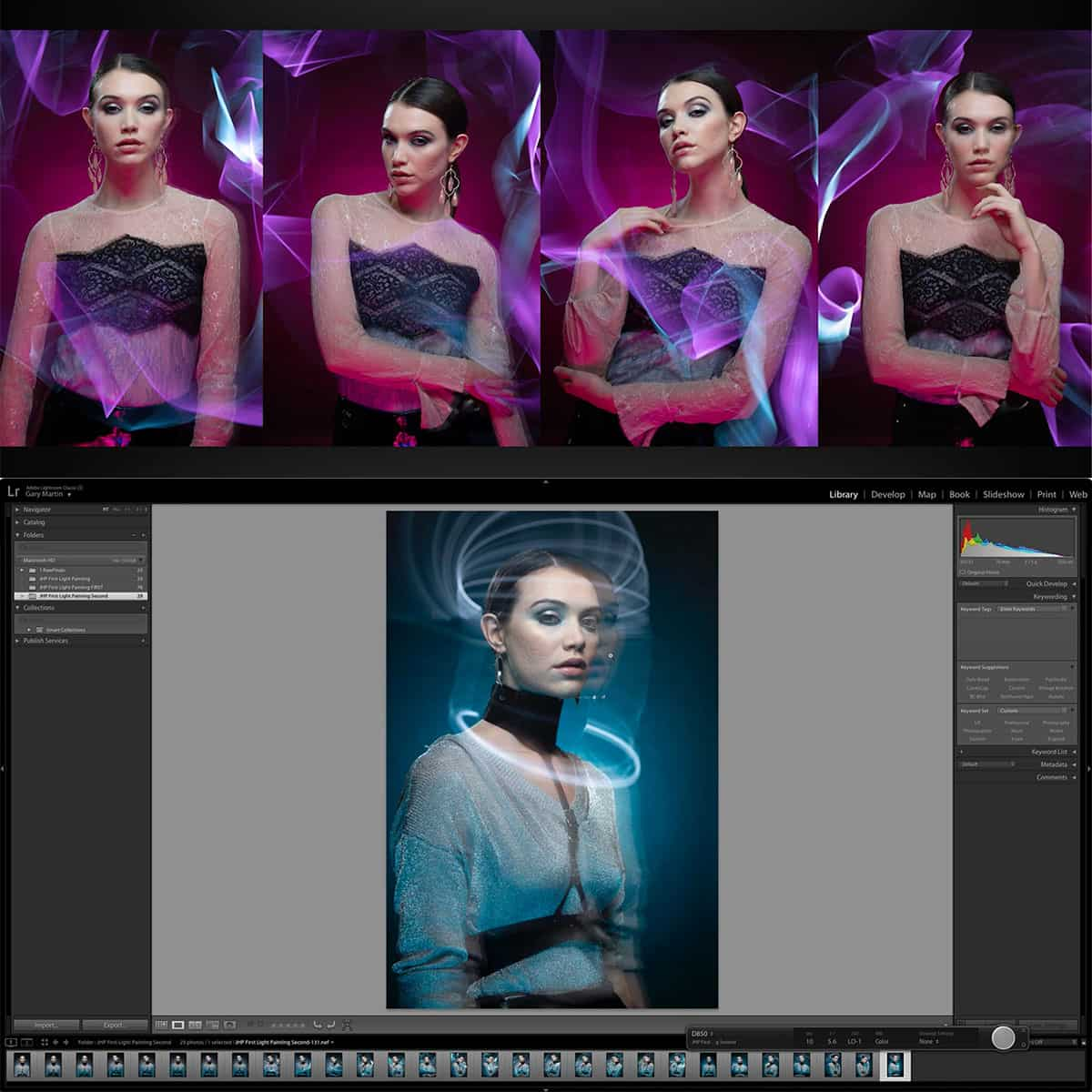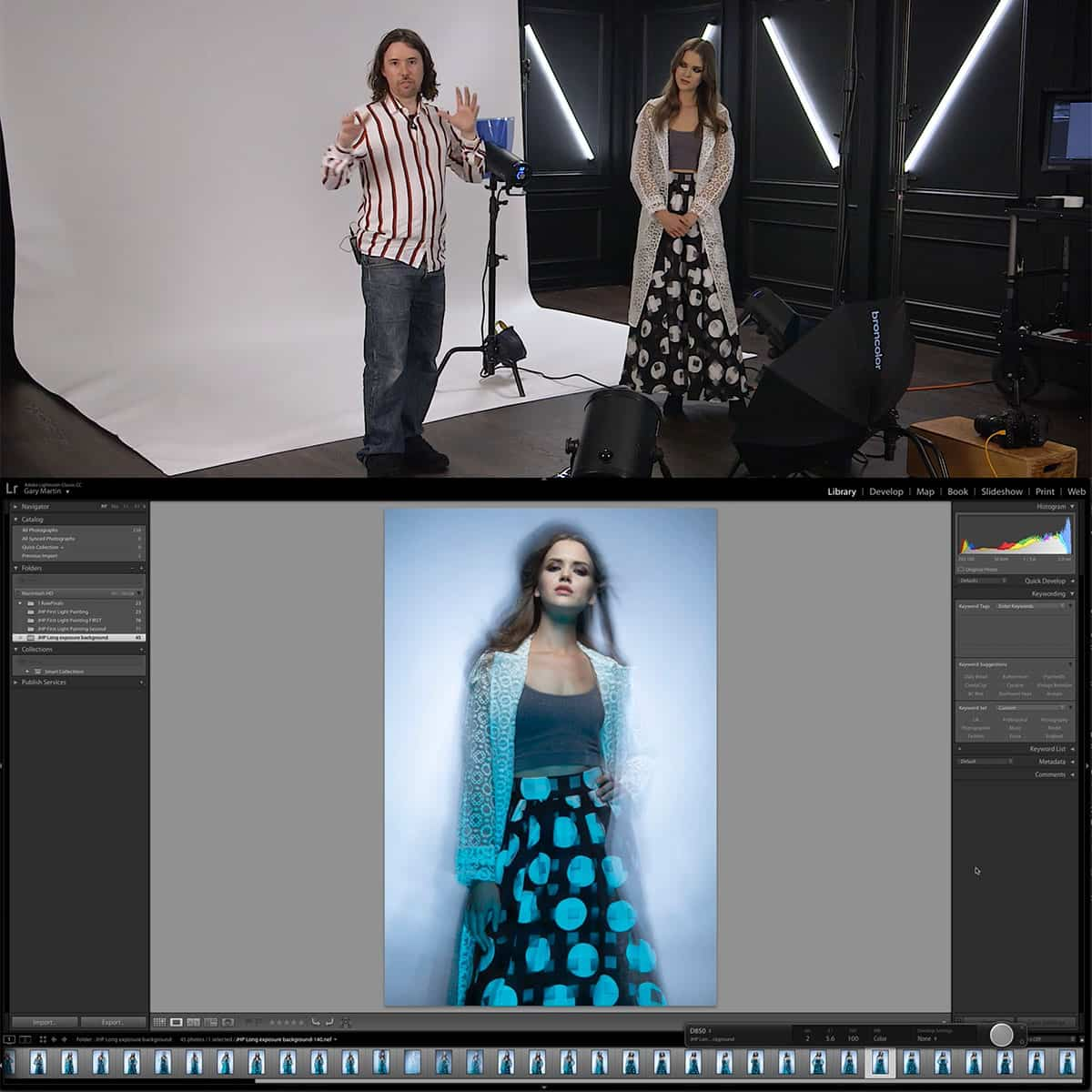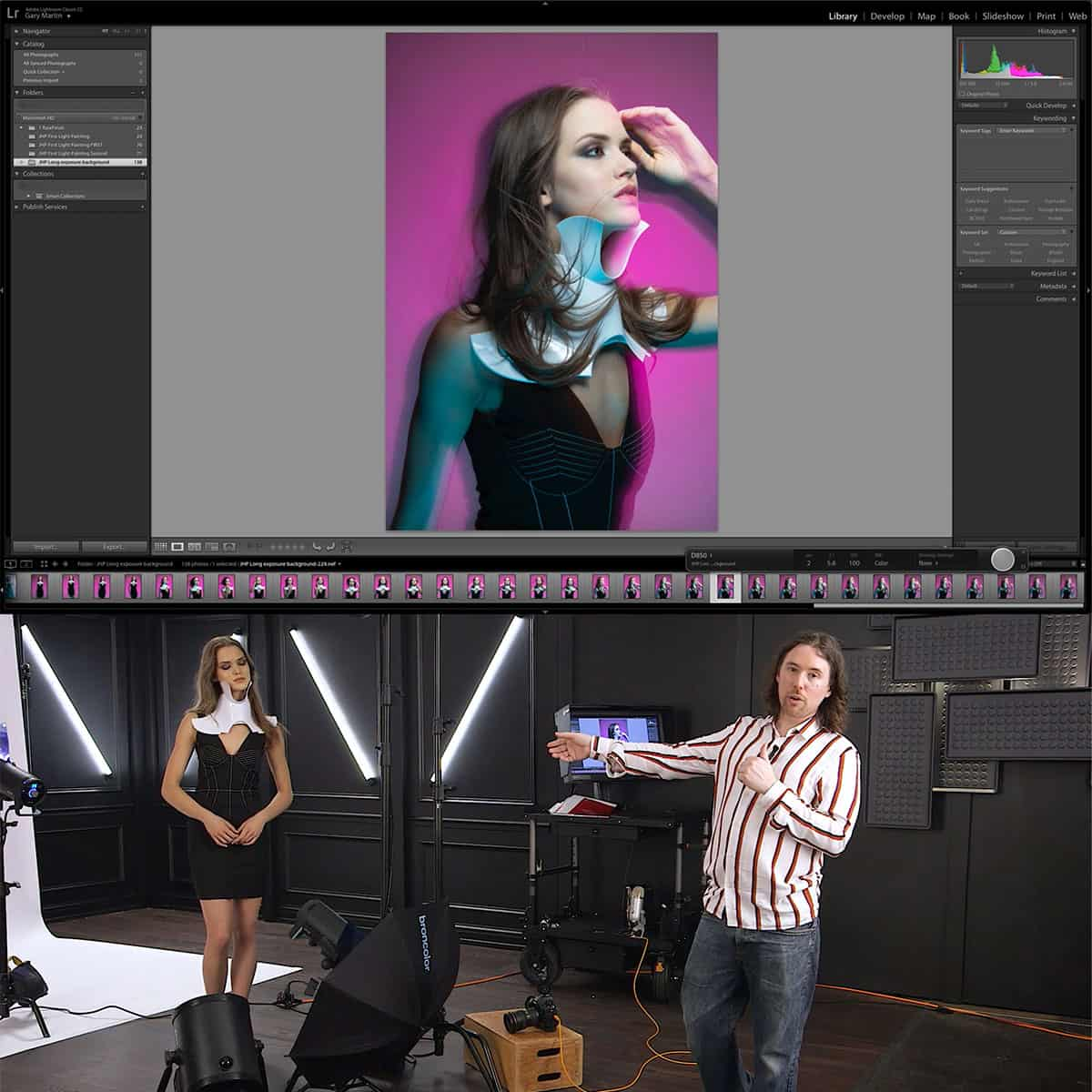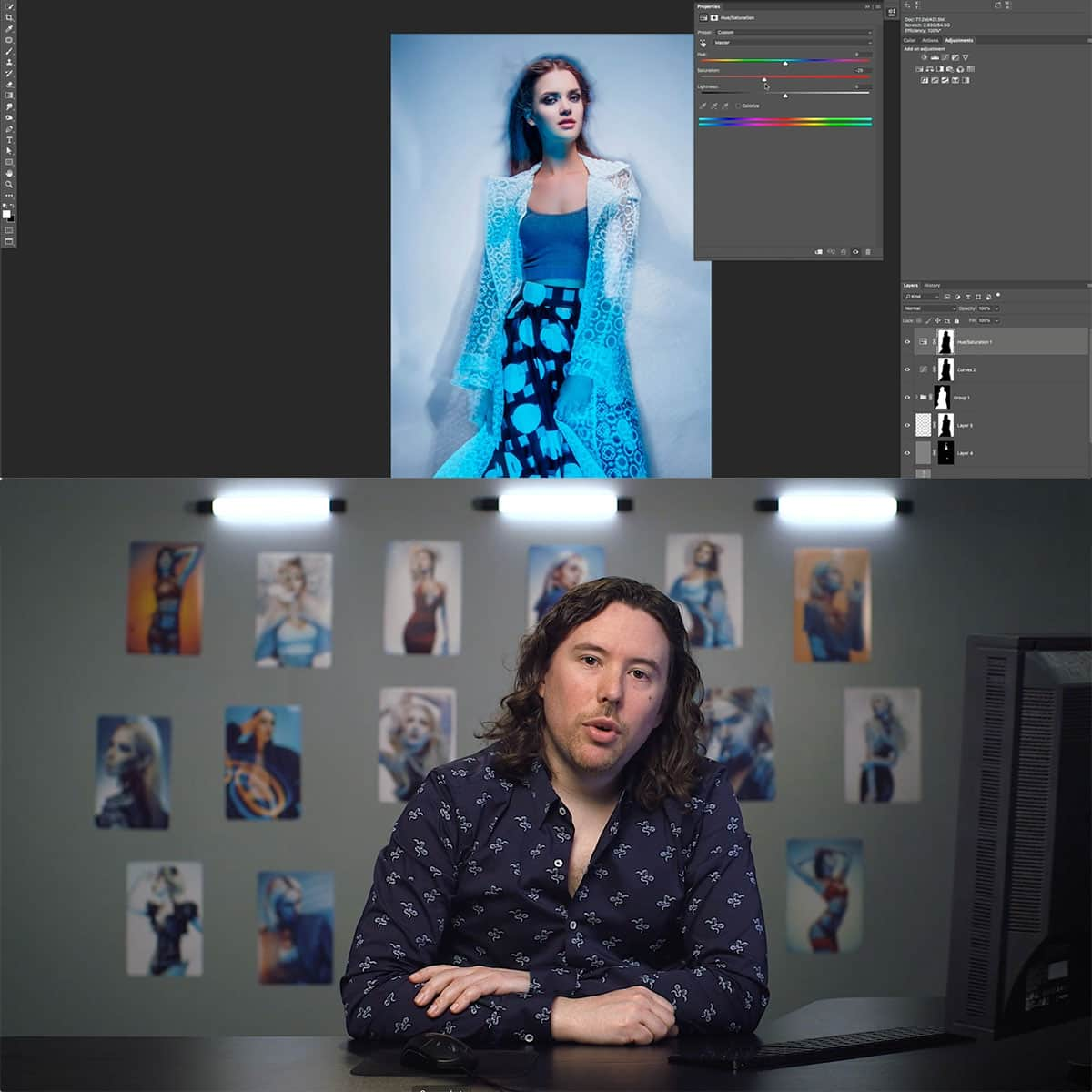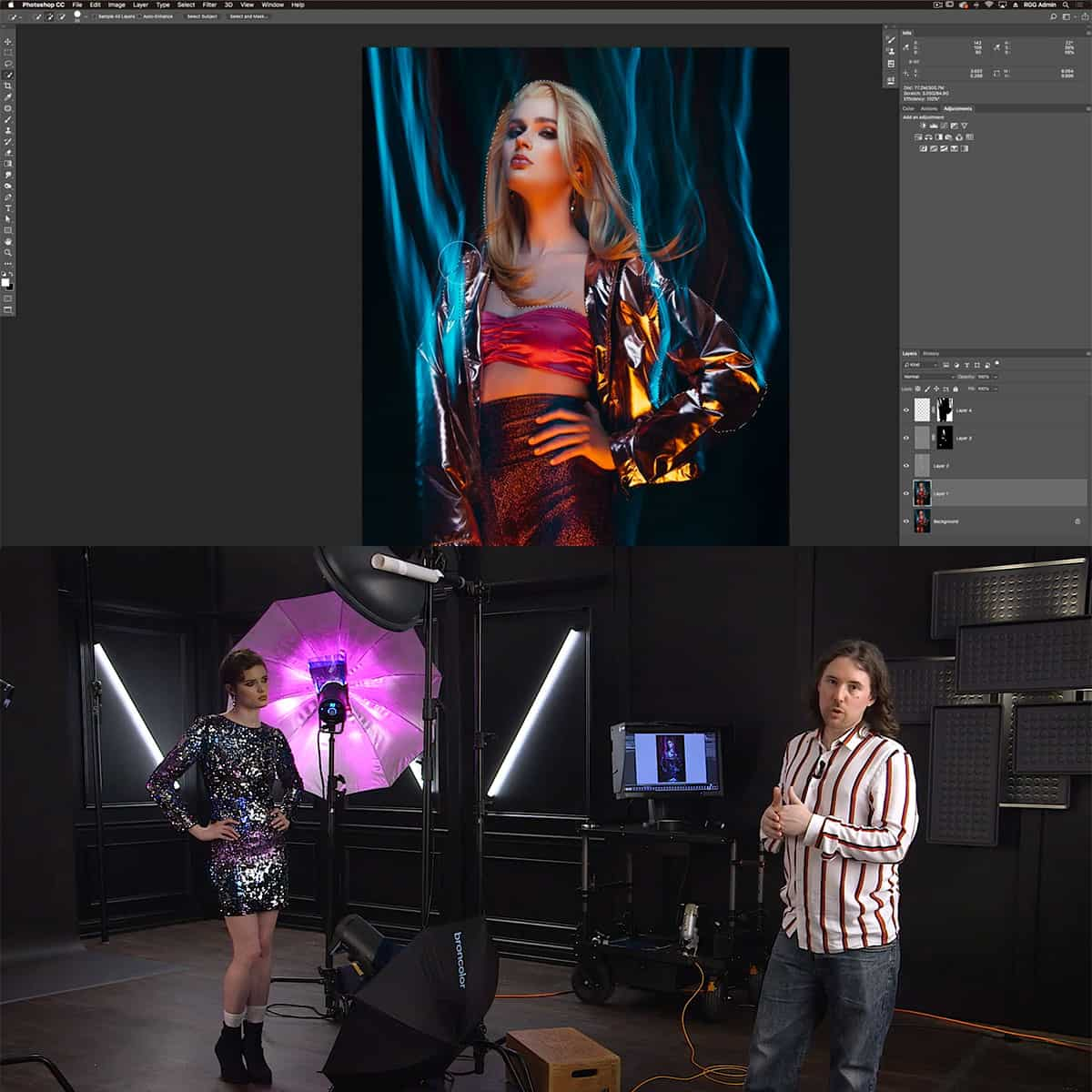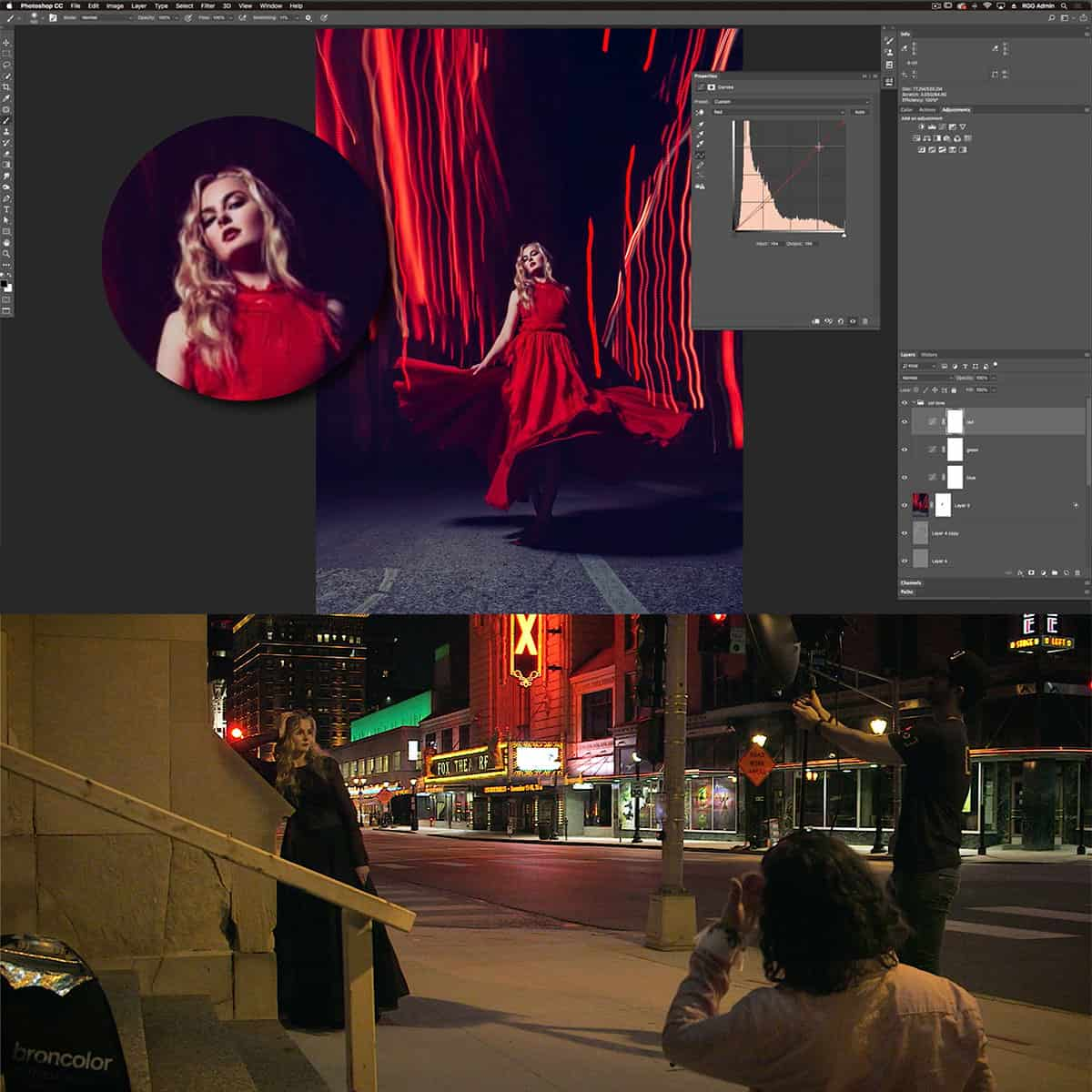Shutter Speed Explained: Mastering Motion and Light in Photography
Understanding shutter speed is essential for photographers of all skill levels as it plays a crucial role in capturing the perfect shot. Shutter speed controls the amount of light that enters the camera and the duration that the sensor is exposed to light. By managing shutter speed effectively, photographers can freeze motion, capture motion blur, or achieve a balanced exposure in their images.
Mastering shutter speed involves comprehending the relationship between shutter speed, aperture, and ISO. Familiarizing yourself with these three aspects helps create unique effects and maintain proper exposure. Additionally, each camera type may offer different settings and capabilities, which should be considered while exploring advanced techniques and equipment for optimal shutter speed control.
Key Takeaways
- Shutter speed is vital in controlling both the brightness and motion effects in photographs.
- Understanding the interplay between shutter speed, aperture, and ISO can enhance your photography skills.
- Experimenting with various camera types and settings will help you achieve a diverse range of effects using shutter speed.
Understanding Shutter Speed
How Shutter Speed Affects Motion
Shutter speed is the length of time a camera's shutter is open, allowing light to reach the sensor and create an image 1. It plays a crucial role in capturing motion in your photos. With a faster shutter speed, we can freeze action, resulting in crisp and sharp images. A slower shutter speed, on the other hand, allows more time for motion to occur during the exposure, creating a sense of motion blur 2.
To illustrate the concept, consider these examples:
- 1/1000th of a second: Ideal for freezing fast-moving subjects, like sports or wildlife 3.
- 1/60th of a second: Suitable for general photography, often used as a handheld limit to avoid camera shake 4.
- 1/4th of a second: Slow enough to introduce motion blur in moving subjects, like waterfalls or nighttime traffic 5.
Shutter Speed and Exposure
Shutter speed is one of the three elements of the exposure triangle, along with aperture and ISO 6. Adjusting the shutter speed not only affects motion in your images but also controls the amount of light that reaches your camera's sensor. This directly impacts the brightness (exposure) of your photos.
Here are some key points about shutter speed and exposure:
- Faster shutter speed: Allows less light into the camera, resulting in a darker image 7.
- Slower shutter speed: Allows more light into the camera, resulting in a brighter image 8.
- Balancing exposure: To achieve a proper exposure, we must balance shutter speed with aperture and ISO settings, as each adjustment will affect the final image 9.
By understanding the relationship between shutter speed, motion capture, and exposure, we can creatively control how our photos will appear and ensure proper exposure in various shooting conditions.
Mastering Shutter Speed for Different Effects
Freezing Motion With Fast Shutter Speeds
To freeze motion, we need to use fast shutter speeds. This means that the camera's sensor is exposed to light for a very short period of time, effectively capturing a still image of a moving subject. For example, sports photography often requires a shutter speed of at least 1/500th of a second to freeze the action.
Choosing the right fast shutter speed depends on the speed of the moving subject. As a general guideline, 1/1000th of a second should be enough for moderately fast subjects, while 1/4000th of a second may be needed for extremely fast subjects such as birds in flight.
Creating Motion Blur With Slow Shutter Speeds
On the other hand, using slow shutter speeds can create an artistic effect known as motion blur. This is achieved by intentionally allowing the camera's sensor to be exposed to light for a longer period of time, causing the moving subjects to appear blurred against a relatively static background.
Slow shutter speeds can range from 1/60th of a second to several seconds, depending on the desired effect. For instance, capturing flowing water with a slow shutter speed like 1/2 a second will convey a sense of motion. When using slow shutter speeds, it is important to use a tripod or other stabilization method to prevent camera shake from ruining the image.
Just like with fast shutter speeds, choosing the right slow shutter speed requires some experimentation and practice. As we adjust the shutter speed, we can observe the changes in motion blur and freeze movement effects to find the most suitable setting for our creative vision.
The Interplay of Shutter Speed, Aperture, and ISO
Understanding the Exposure Triangle
We can explain the exposure triangle as the relationship between shutter speed, aperture, and ISO. These three elements work together to control the brightness and quality of an image. Shutter speed determines the length of time the camera's sensor is exposed to light, affecting motion and the amount of light captured. Aperture refers to the size of the lens opening, controlling the amount of light that enters the camera. ISO measures the camera sensor's sensitivity to light, with higher ISO values being more sensitive.
| shutter speed | aperture | ISO |
|---|---|---|
| Fast | Small (high f-number) | Low (e.g. 100) |
| Slow | Large (low f-number) | High (e.g. 3200) |
Balancing the Three for Optimal Shots
To achieve optimal exposure, we must balance the three elements in different lighting conditions. In low-light situations, for instance, using a slower shutter speed and wider aperture allows more light to reach the camera sensor. However, this could lead to motion blur if a subject is moving. To compensate, we may need to increase the ISO, making the sensor more sensitive to available light.
In well-lit scenarios, a faster shutter speed and smaller aperture are appropriate to avoid overexposure. As a result, we can reduce the ISO value for better image quality. Keep in mind that each alteration to one element of the exposure triangle will impact the others, so finding the correct balance is crucial for captivating photos.
Shutter Speed and Camera Types
DSLR and Mirrorless Cameras
Shutter speed is a vital function in every camera that influences the quality of your images. In digital cameras like DSLR and mirrorless, we have a wide range of shutter speeds at our disposal. DSLR and mirrorless cameras use flexible sensors that can handle fast shutter speeds like 1/8000th of a second for freezing action or slow speeds down to 30 seconds for capturing the night sky.
In DSLR cameras, the shutter controls are either mechanical or electronic. Mechanical shutters use a physical curtain that moves to reveal the camera sensor, whereas electronic shutters activate by electronically cycling the camera sensor on and off. Mirrorless cameras, while lacking a mirror mechanism, have similar shutter speed settings as DSLRs, making them equally capable when it comes to adjusting exposure.
Film Cameras and Shutter Speed
Film cameras function differently than digital ones, but shutter speed remains an essential tool for controlling motion and light in film photography. The film camera shutter speed mechanism relies upon mechanical operation, meaning the shutter must physically open and close over the film to expose it.
Typically, film cameras have a more limited range of shutter speeds compared to digital ones. For instance, a common range for an old 35mm film camera could be from 1 second to 1/1000th of a second. Despite this limitation, understanding and utilizing the available shutter speeds in film cameras can still produce stunning images with a vintage charm.
By mastering shutter speed in both digital and film cameras, we can enhance our creative control over exposure, motion, and depth-of-field, generating unique and fascinating results in various shooting scenarios.
Advanced Techniques and Equipment for Shutter Speed Control
Using Tripods for Steady Shots
When aiming for sharp images, it's essential to stabilize your camera. A tripod is a practical accessory for this purpose. It helps prevent camera shake, especially when using slow shutter speeds.
Some advanced tripods also come with built-in image stabilization systems. These can further help in reducing blur while allowing you more freedom to control shutter speed.
Choosing Lenses and Filters
The choice of lenses and filters affects the amount and quality of light entering your camera. Prime lenses, for example, generally have a wider aperture, allowing more light and enabling faster shutter speeds. On the other hand, a neutral density filter reduces the light coming into the camera, making it possible to use slower shutter speeds without overexposing the image.
Employing these tools provides you with creative flexibility, allowing you to adjust your shutter speed according to the desired effect or the shooting environment.
Mastering Camera Modes
Understanding and utilizing different camera modes gives you greater control over your shutter speed. Shutter priority mode is a camera setting where you manually set the shutter speed, and the camera automatically determines the aperture necessary for a balanced exposure.
Alternatively, some cameras have an aperture priority mode, where you set the aperture, and the camera automatically adjusts the shutter speed. Experimenting with these modes can help you find the perfect balance between motion and light control, ultimately improving your photography skills.
Frequently Asked Questions
What factors determine the choice of shutter speed?
There are several factors that can determine the choice of shutter speed, such as the subject's motion, lighting conditions, and intended creative effect. We also need to consider the camera's stability, as handheld shooting may require faster shutter speeds to avoid camera shake.
How does shutter speed affect motion blur in photos?
Shutter speed has a direct impact on motion blur in photos. The longer the shutter is open, the more motion blur is created, resulting in a less sharp photograph. Faster shutter speeds can freeze a subject's motion, reducing or eliminating motion blur.
What is the connection between shutter speed and aperture?
Shutter speed and aperture are interconnected components that control the exposure in a photograph. While shutter speed affects the duration of light entering the camera, aperture determines the amount of light passing through the lens. Balancing these two settings is crucial for achieving the desired exposure and depth of field in your photographs.
How can slow shutter speeds be used creatively?
Slow shutter speeds can be used creatively in various ways, such as capturing the sense of motion in flowing water or creating light trails in night photography. Long exposure techniques often require the use of a tripod to maintain camera stability, resulting in sharp, yet dynamic images.
What is the role of shutter speed in exposure?
Shutter speed plays a significant role in determining the overall exposure of an image. Along with aperture and ISO, shutter speed determines how much light reaches the sensor or film. Longer shutter speeds allow more light to enter, resulting in a brighter image, while shorter shutter speeds let in less light, producing a darker image.
How can I choose the right shutter speed for my photography needs?
Choosing the right shutter speed depends on your photography goals and the specific conditions you're shooting in. When capturing fast-moving subjects, a higher shutter speed is necessary to freeze the action. For creative long exposure effects, slower shutter speeds are needed. Practice and experimentation will help you determine the optimal shutter speed for your photography needs.


